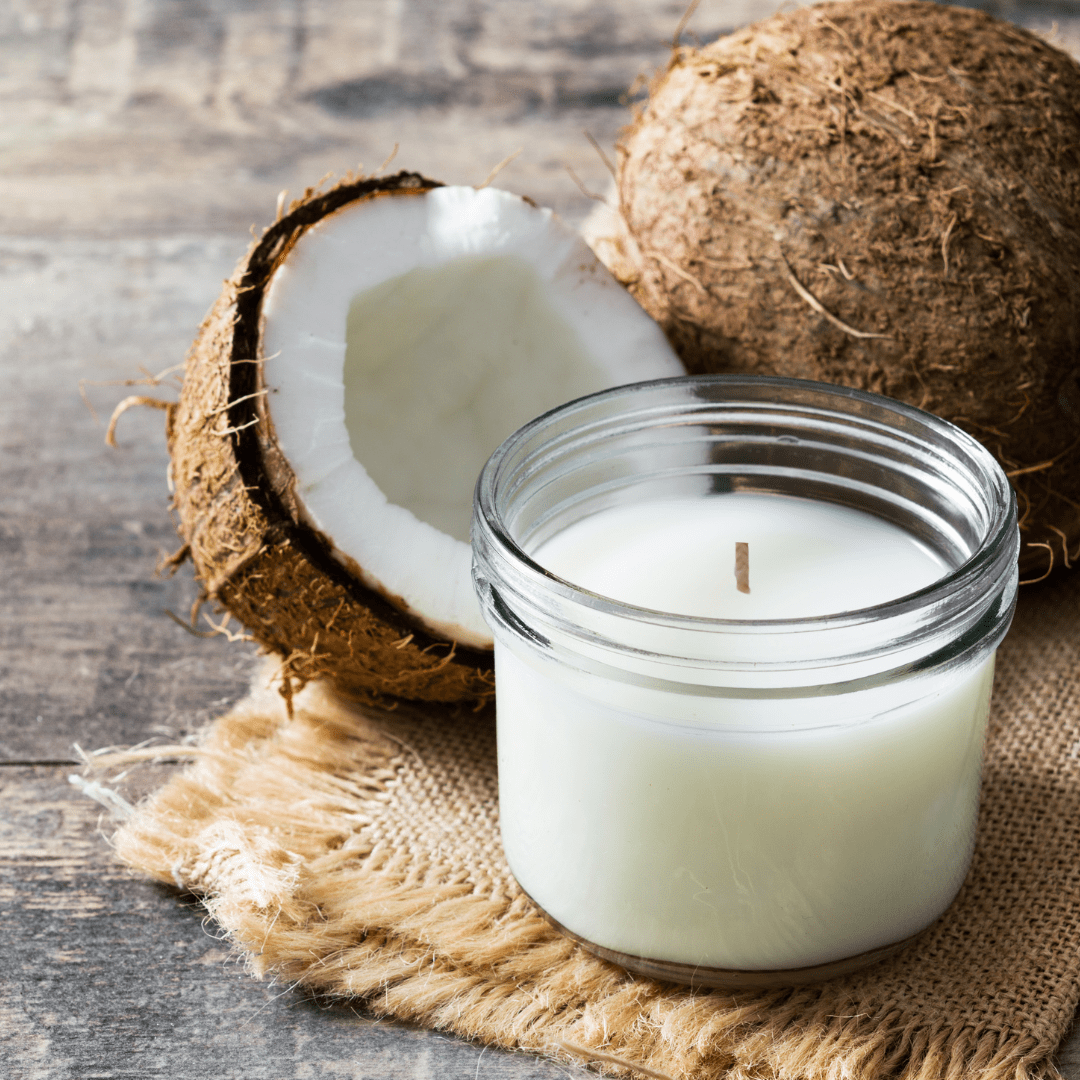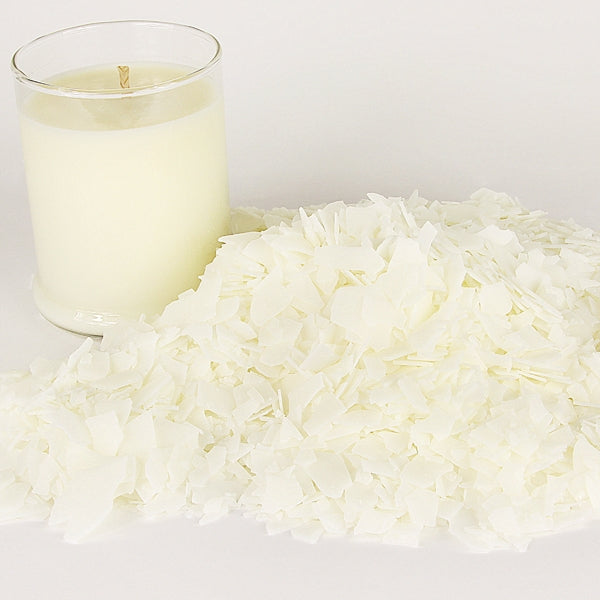Explore the Magic of Crystal Soy Candles and Home Fragrance
Explore the Magic of Crystal Soy Candles and Home Fragrance
Blog Article
From Wick to Wax: Understanding the Chemistry Behind Soy Wax Candles and Their Ecological Influence
As we brighten our spaces with the warm glow of candle lights, there exists a world of elaborate chemistry behind the apparently easy act of lighting a soy wax candle light. Join us as we untangle the clinical intricacies behind soy wax candles and discover their effects on our setting.
Soy Wax Vs. Paraffin Wax
When comparing soy wax and paraffin wax for candle production, it is necessary to understand the distinct attributes and advantages of each product. Soy wax is an all-natural, renewable energy acquired from soybean oil, making it green and naturally degradable - soy wax candles. In contrast, paraffin wax is a byproduct of petroleum refining, which increases problems concerning its ecological impact and sustainability
Soy wax candles burn cleaner and give off less soot compared to paraffin wax candles, making them a much healthier selection for indoor air high quality. In addition, soy wax has a reduced melting point, enabling a longer-lasting candle that disperses fragrance extra efficiently. Paraffin wax, on the other hand, tends to burn faster and much less easily, possibly launching unsafe chemicals into the air.
From a sustainability viewpoint, soy wax is favored for its biodegradability and renewable sourcing, straightening with the expanding customer preference for environmentally aware products. While paraffin wax has been a standard choice in candle light making due to its affordability and ease of usage, the shift in the direction of eco-friendly alternatives like soy wax is gaining energy in the industry.
Chemical Composition of Soy Wax

Burning Process in Soy Candles
The chemical composition of soy wax straight influences the burning procedure in soy candles, impacting variables such as shed time, fragrance release, and ecological influence. When a soy candle light is lit, the warm from the flame thaws the wax near the wick. This fluid wax is then created the wick as a result of capillary activity. As the liquid wax gets to the flame, it undertakes and evaporates burning. The combustion process entails the vaporized hydrocarbons in the wax responding with oxygen airborne to create warmth, light, water vapor, and carbon dioxide.
The combustion effectiveness of soy candle lights is affected by the purity of the soy wax and the top quality of the wick. In addition, soy wax candles have a reduced ecological effect compared to paraffin candles due to their biodegradable and renewable nature.

Ecological Benefits of Soy Wax

Taken into consideration a lasting alternative to conventional paraffin wax, soy wax provides significant ecological advantages that make it a prominent option among eco-conscious consumers. One considerable advantage of soy wax is its renewable sourcing. Soy wax is derived from soybean oil, which is primarily grown in the United States. The cultivation of soybeans helps sustain local farmers and decreases the dependency on non-renewable fossil gas made use of in paraffin wax manufacturing. Additionally, soy wax is naturally degradable, suggesting it damages down normally without releasing dangerous toxins right into the setting. This characteristic makes soy wax candle lights a more eco-friendly choice compared to paraffin wax candles, which are made from oil, a non-renewable resource. Moreover, soy wax burns cleaner and generates much less soot than paraffin wax, adding to far better indoor air quality and minimizing the requirement for cleansing and upkeep. On company website the whole, the ecological benefits of soy wax straighten with the growing need for environment-friendly and lasting products on the market.
Recycling and Disposal Factors To Consider
Reusing and appropriate disposal of soy wax candles play an essential function in maintaining ecological sustainability and decreasing waste in houses and neighborhoods. When it comes to recycling soy wax candle lights, the very first action is to make certain that the candle light has actually shed completely.

In terms of disposal, if recycling is not a choice, soy wax candle lights are biodegradable and can be securely disposed of in most family waste systems. Nevertheless, it is constantly recommended to contact regional reusing facilities or waste management services for details standards on candle light disposal to make sure proper handling and environmental protection.
Conclusion
In conclusion, the chemistry behind soy wax candle lights discloses their environmental benefits over paraffin wax candle lights. Soy wax, acquired from soybean oil, burns cleaner and creates less soot when contrasted to paraffin wax.
When contrasting soy wax and paraffin wax for candle light making, it is crucial to comprehend the unique features and advantages of each product (candles).Soy wax candles burn cleaner and discharge much less soot compared to paraffin wax candle lights, making them a much healthier selection have a peek here for indoor air quality.Taken into consideration a lasting alternative to conventional paraffin wax, soy wax uses remarkable environmental benefits that make it a prominent option amongst eco-conscious customers. Soy wax burns cleaner and generates less soot than paraffin wax, contributing to better indoor air high quality and decreasing the requirement for cleaning and maintenance.In final thought, the chemistry behind soy wax candles exposes their ecological benefits over paraffin wax candles
Report this page